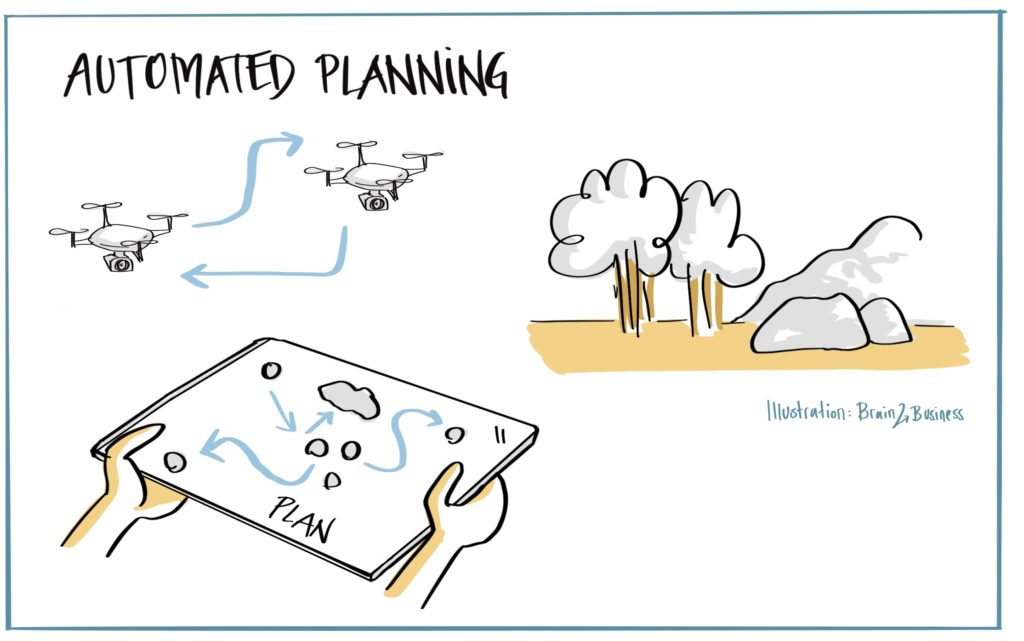Automated Planning
Automated Planning of Safe, Multi-drone Nature Conservation Missions
State of the Art
Planning of multi-drone missions often use automated pre-planning based on specific criteria such as coverage or swarm-based control which can include optimization depending on dynamic conditions such as movement of animals being tracked. Complexity and highly variable missions however imply a need for dedicated planning and control algorithms to be developed for each specific scenario, which is a time-consuming and error prone task.
Innovations and Impact
High-level programming of swarming control, with declarative safety specification. Multi-drone missions for animal observation can be specified using predefined mission templates, allowing mission plan and autonomous control algorithms for dynamic control to be automatically derived. This will allow drones to be quickly and reliably deployed for complex, dynamic missions.
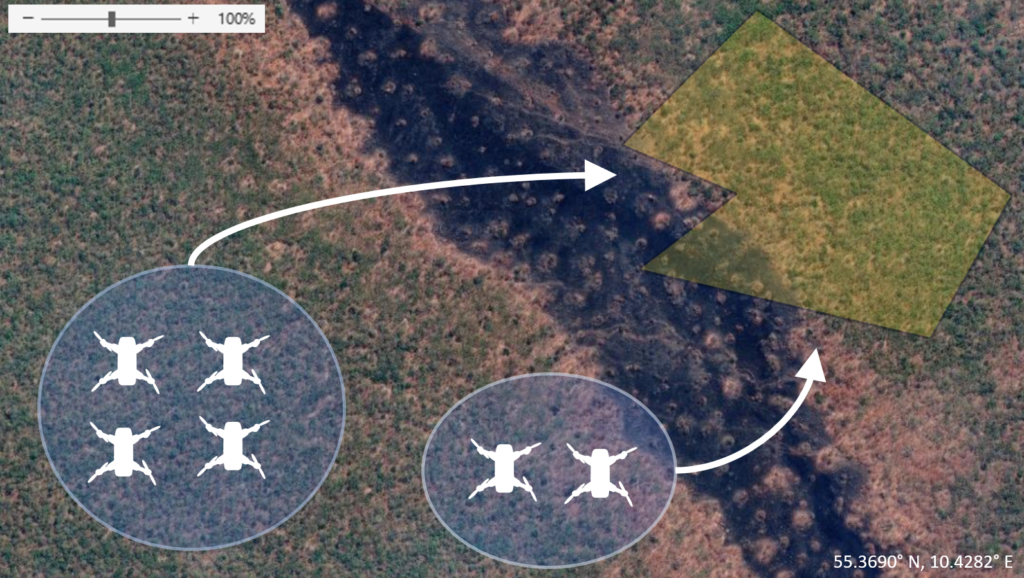
Copyright by SDU
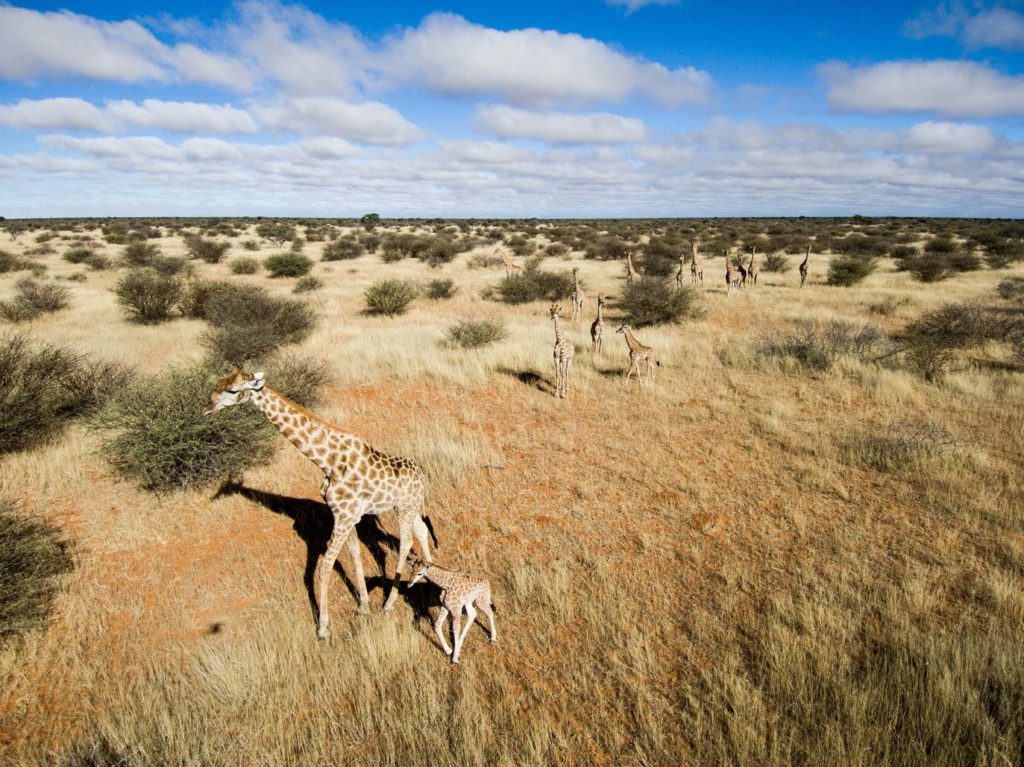
Copyright by Kuzikus Wildlife Reserve
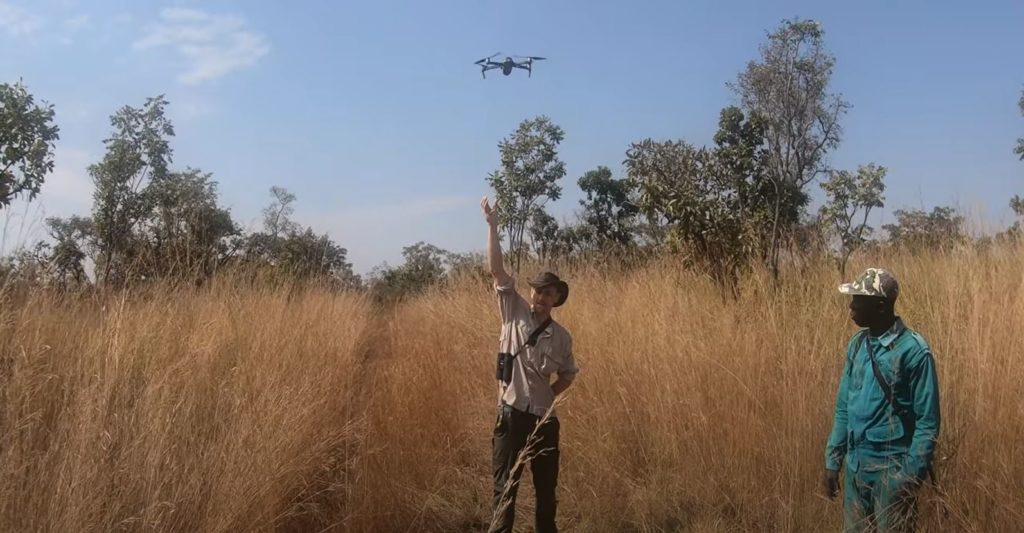
Copyright by University of Bristol
Objectives
To model complex drone-based nature conservation missions involving multiple drones operating over an extended period of time, allowing specific missions to be carried out automatically based on high-level end-user specification provided through an interactive tool, while safety aspects of the specific mission are documented using through Bow-Tie Diagrams (BTDs), risk maps, and declarative rules, and adaptation to dynamic conditions such as tracking of moving animals is handled automatically.
Expected Results
- Definition of a DSL to model coordination and safety aspects of a library of generic nature. conservation missions
- Algorithm for automatic generation of concrete flight plans and maintenance schedules for multiple UAVs from such DSL programs and risk maps.
- Algorithm for automatic construction of BTDs modelling safety aspects of such missions, and
- Algorithm for on-line reactive adaptation of control to perform dynamic operations, such as animal tracking or coordination with ground-based vehicles that are part of a nature conservation mission.
Project Facts
Professor Anders Christensen, University of Southern Denmark.
Professor Ulrik Pagh Schultz Lundquist, University of Southern Denmark.
TBD.
University of Bristol (UK): Integration with mutualistic drone concept.
Get in touch
Contact us on WildDrone@sdu.dk



WildDrone is an MSCA Doctoral Network funded by the European Union’s Horizon Europe research and innovation funding programme under the Marie Skłodowska-Curie grant agreement no. 101071224. Views and opinions expressed are those of the author(s) only and do not necessarily reflect those of the European Union or the European Commission. Neither the EU nor the EC can be held responsible for them.
